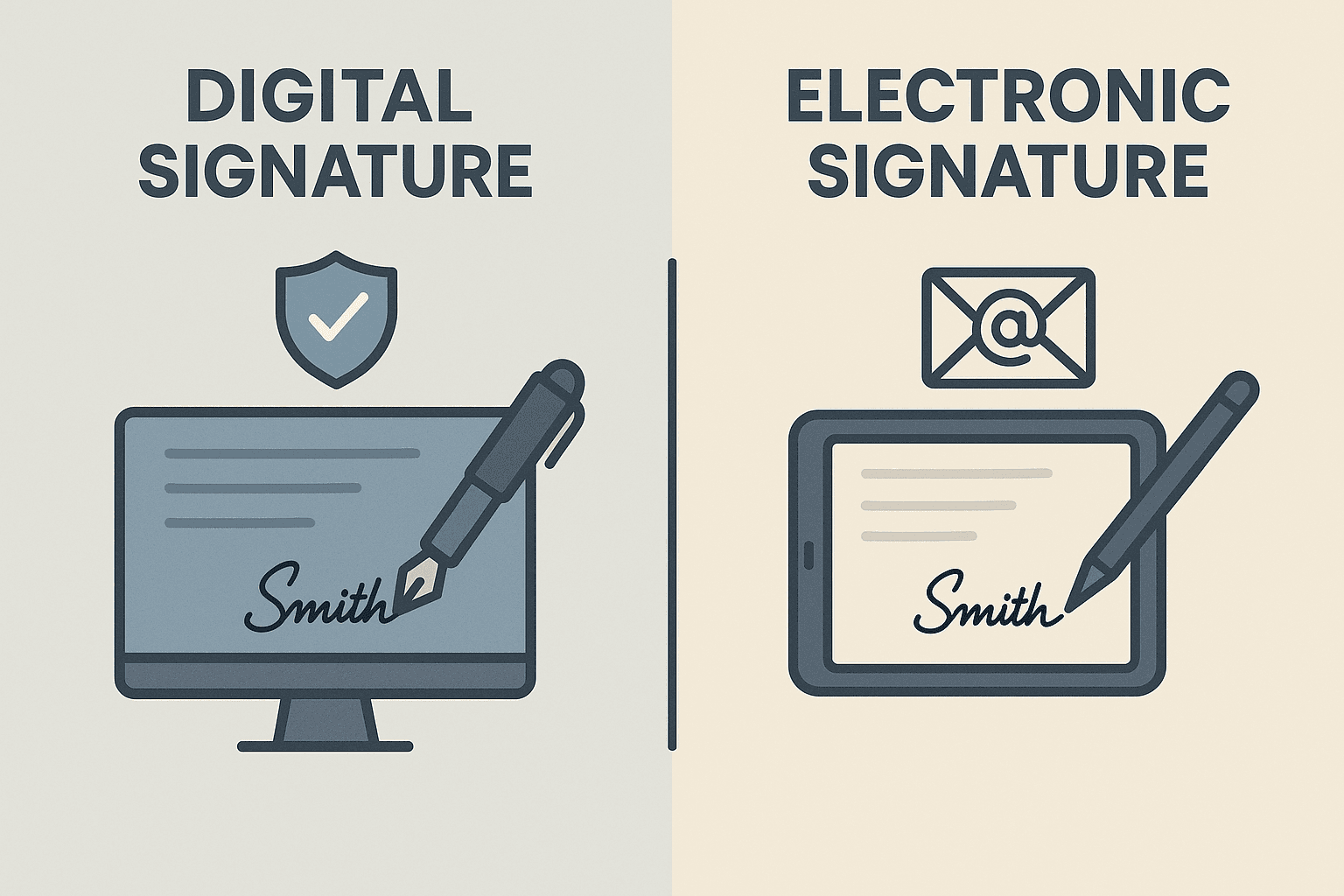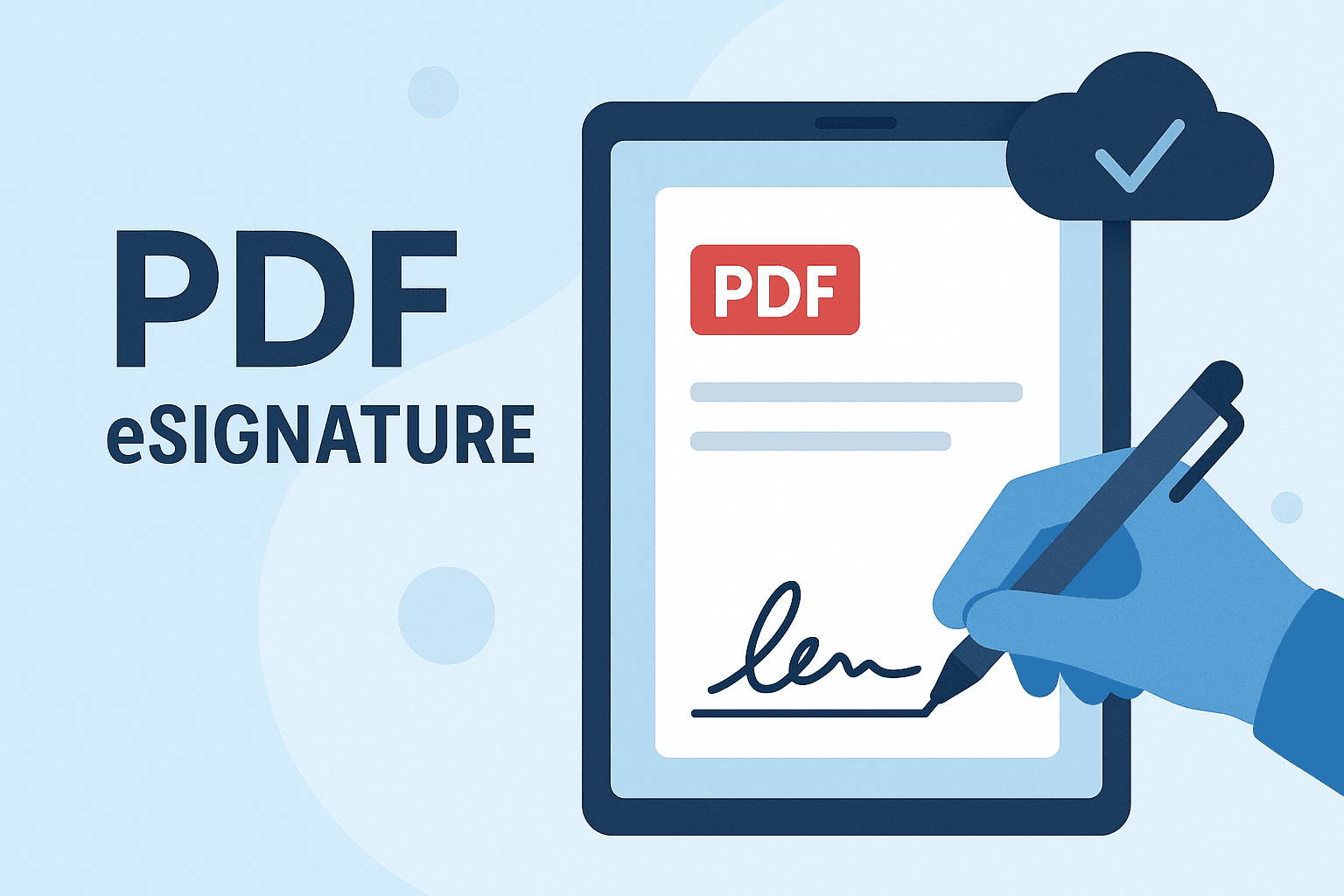WhatsApp or email with our sales team or get in touch with a business development professional in your region.
what is digital signature example





What Is a Digital Signature Example?
In today’s fast-paced, digital-first world, transactions, contracts, and records are increasingly conducted and stored online. To maintain the security, authenticity, and integrity of these digital documents, digital signatures play a pivotal role. But what is a digital signature, and what does a typical digital signature example look like—especially when considering regional legal regulations such as those in Hong Kong or Southeast Asia?
This article answers these questions with in-depth explanations and relatable examples. Let’s explore the world of digital signatures and understand how they provide secure, legally recognized authentication in a variety of sectors.
What Is a Digital Signature?
A digital signature is a cryptographic technique used to validate the authenticity and integrity of a digital document or message. Unlike a scanned handwritten signature, a digital signature is generated using mathematical algorithms and anchored in encryption principles.
It’s essential to distinguish between digital signatures and electronic signatures. While both are used to sign documents electronically, a digital signature is a subtype—one that offers higher security because it’s backed by a digital certificate issued by a trusted Certificate Authority (CA).
In many jurisdictions—including Hong Kong, Singapore, and other Southeast Asian countries—a digital signature meets the legal standards laid out in local electronic transaction laws. For example:
- In Hong Kong, the Electronic Transactions Ordinance (Cap. 553) defines and recognizes digital signatures as legally enforceable.
- In Singapore, the Electronic Transactions Act (ETA) similarly classifies digital signatures provided by accredited CAs as legally valid.
A Real-World Digital Signature Example
Imagine you’re an entrepreneur in Singapore closing a partnership agreement with a vendor in Malaysia. Instead of meeting physically, both parties decide to sign a contract digitally.
Here’s how it works:
- You upload the contract to your document signing platform.
- The platform uses your private key (encrypted and securely stored) to hash the content of the document and generate a unique digital signature.
- The vendor receives the document. Their software uses your public key—shared in your digital certificate—to verify that:
- The document hasn’t been altered since you signed it.
- The signature matches your identity based on the certificate.
This process ensures end-to-end authentication, non-repudiation, and confidentiality—key pillars for secure digital interactions.
Take a look at this visual description of how digital signatures work:

Why Are Digital Signatures Essential?
Digital signatures serve several crucial purposes:
- Authentication: Confirm the identity of the signer.
- Data Integrity: Detect any changes made after signing.
- Non-repudiation: Prevent signers from denying their involvement.
Industries such as finance, real estate, healthcare, and legal services rely on digital signatures for secure online transactions. For financial institutions operating in regulatory-heavy environments, ensuring all document transactions are legally binding and tamper-proof is mission-critical.
For example, a loan agreement signed with a digital signature can be stored and audited years later, still legally valid under the Electronic Transactions Ordinance in Hong Kong.
Digital Signature vs. Electronic Signature
It’s a common misconception that digital and electronic signatures are the same. Technically, all digital signatures are a form of electronic signature, but not all electronic signatures are digital.
| Feature | Digital Signature | Electronic Signature |
|---|---|---|
| Security Level | Very High | Varies |
| Based on Encryption | Yes | Not necessarily |
| Legally Binding | Yes (if compliant with law) | Yes (but varies) |
| Tamper Detection | Yes | Not always |
This infographic further clarifies the distinction:

An Easy-to-Understand Use Case: Digital Tax Filing
In countries like Malaysia and Thailand, digital signatures are widely used in e-government services such as income tax declaration.
Let’s say you’re filing your taxes online in Malaysia:
- You fill out your IRB (Inland Revenue Board) tax form electronically.
- You apply a digital signature using a certified signing platform.
- The IRB receives your form along with the digital certificate from a licensed Certificate Authority.
This level of verification ensures your submission hasn’t been tampered with, meets legal requirements, and offers protection against fraud.
Digital signing interfaces usually look like this:

Legal Compliance in Southeast Asia and Hong Kong
Countries in Asia, particularly those with burgeoning digital economies, have established specific legal frameworks to support the use of digital signatures.
Key regional regulations include:
- Hong Kong: Electronic Transactions Ordinance (Cap. 553)
- Singapore: Electronic Transactions Act (ETA)
- Malaysia: Digital Signature Act 1997
- Thailand: Electronic Transactions Act B.E. 2544
- Indonesia: Law No. 11 Year 2008 on Electronic Information and Transactions
In each of these regions, a digital signature is considered legally binding only when it meets certain criteria—typically the use of a certified digital certificate and a timestamp for verification.
An effective digital signature solution adapts to local legal frameworks. Platforms such as eSignGlobal are tailored to such regional compliance demands, aligning closely with Hong Kong’s legislative requirements and the ASEAN digital transformation agenda.
Here’s a modern signing workflow design adapted for Asian enterprise users:

Summary: Why Digital Signature Examples Matter
Understanding what a digital signature is—and seeing real-life digital signature examples—can make all the difference for business leaders navigating today’s digital transformation. Whether you’re signing a vendor agreement, submitting tax forms, or authorizing legal contracts, a properly implemented digital signature ensures:
- Enhanced document security
- Streamlined business operations
- Compliance with jurisdictional laws in Hong Kong and Southeast Asia
Looking for a Regional Solution?
If you’re based in Hong Kong, Singapore, or across Southeast Asia, you’ll want a local, fully compliant digital signing solution that respects your regulatory environment. While global giants like DocuSign offer powerful tools, regional alternatives such as eSignGlobal provide equally robust capabilities, tailored to local compliance laws and preferred by Asia-based enterprises.
Consider eSignGlobal—your regional, regulation-ready alternative to DocuSign.

By choosing a trusted digital signing platform that aligns with both your business goals and local law, you ensure that each e-signature you create is secure, verifiable, and legally recognized.

Shunfang
Head of Product Management at eSignGlobal, a seasoned leader with extensive international experience in the e-signature industry.
Follow me on LinkedIn
Get legally-binding eSignatures now!
30 days free fully feature trial
Business Email
Get Started
 Only business email allowed
Only business email allowed
Latest Articles
Is it legal to use cloud-based signatures instead of Hanko in Japan?
How to collect legally binding signatures from employees in China?
What are the requirements for an electronic invoice (e-Fapiao) signature?
How to automate sales contracts for a manufacturing business in China?
Can I use WeChat to legally sign a loan agreement?
How to verify if a Chinese electronic contract has been tampered with?
What is the best way to sign NDAs remotely with Chinese partners?
How to implement on-premise e-signature solutions for data compliance in China?


